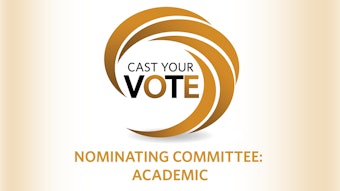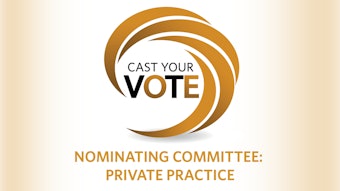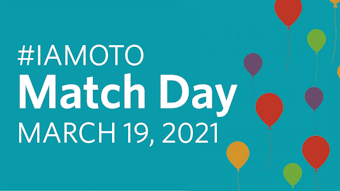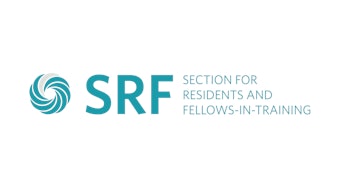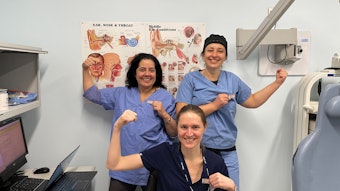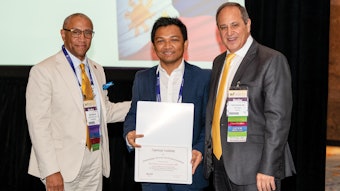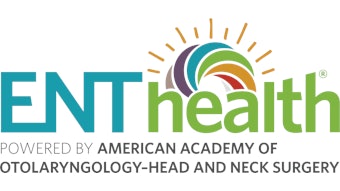Focusing on Our Strategy for Today Outlines Our Plans for the Future
As we enter the second quarter of 2021, it becomes clear that really nothing will be clear in healthcare for the rest of this year on many fronts.
 James C. Denneny III, MD
James C. Denneny III, MD
AAO-HNS/F EVP/CEO
The recent AAO-HNS/F strategic planning process identified a high priority need for expanded “business of medicine” services within the Academy. We will be further developing our advocacy staff with two new directors, including one to specifically deal with private payer and health policy issues. As the volume and complexity of these problems grow, this will be a significant addition to services we can provide for our members. This year, just as in the past several years, it will be critical to identify the appropriate partners for each of the issues facing us. They will not necessarily be the same ones for every issue as there is considerable disagreement within the house of medicine on many of them. One of the great opportunities we hope to take advantage of is the willingness of many of the large private payers to listen to suggestions that would standardize indications, coverage decisions, and documentation requirements. We are currently working with the American Rhinologic Society on standardizing imaging requirements related to chronic rhinosinusitis for presentation to multiple insurance companies. If this is successful, we can expand to other areas in the specialty. This would save the insurers, patients, and physicians both time and resources and result in an improvement in the “wellness factor” in dealing with so many disparate rules.
The emergence from the COVID-19 cloud will certainly bring about a number of changes in the way otolaryngologists practice, both in the clinic setting and the operating room. The Bulletin will have regular features on the many aspects of the “new normal” as it emerges. One of the first areas we will be exploring is what PPE will look like in our offices and surgery in the post-COVID era. The Future of Otolaryngology Task Force and the Patient Safety and Quality Improvement Committee will lead that effort, which will be followed with a special presentation at the Annual Meeting in Los Angeles, California. What will the telehealth world look like for otolaryngologists in practice as well as in teaching situations? Will the expansion of allied health provider’s privileges return to pre-pandemic levels or continue to expand? How will the over-the-counter availability of hearing aids change the hearing healthcare landscape? These are but a few of the many questions that will need to be answered sooner than later.
In addition to allocating more resources to address the advocacy issues listed above, we are also expanding our offerings related to “Wellness and Resiliency” as the problem continues to surge through and following the pandemic. The additional stresses that will result from system reform will be additive. The strategic planning process also identified this area as a high priority, and we will be adding a new position that will focus on wellness initiatives for our members.
The key to success over the next several years will be greatly impacted by our ability to execute the Five Fs. We must be familiar with the issues affecting us, find the ones where we can make a difference and develop a plan, have flexibility in how we tackle the problem, work with friends who have like issues, and finish strong with data-driven solutions. I do know for sure we will not be successful without the help of all our members and hope that if you are called upon to help, you will make yourself available.



